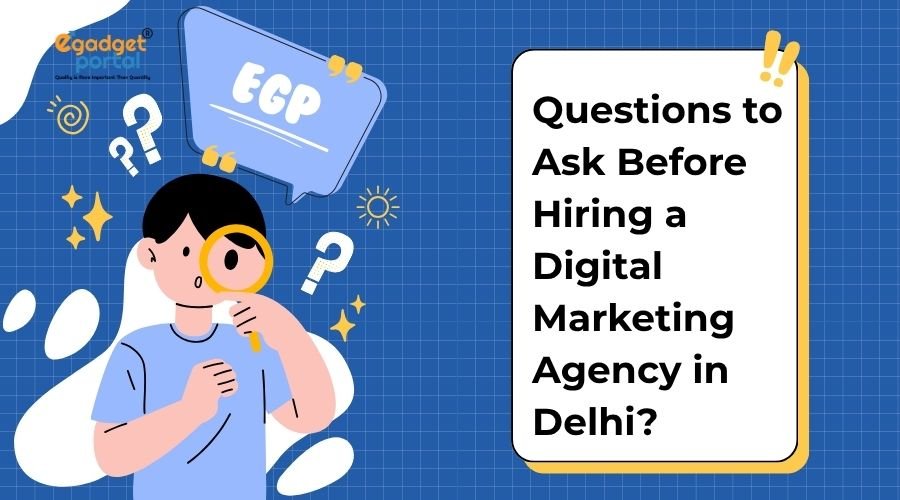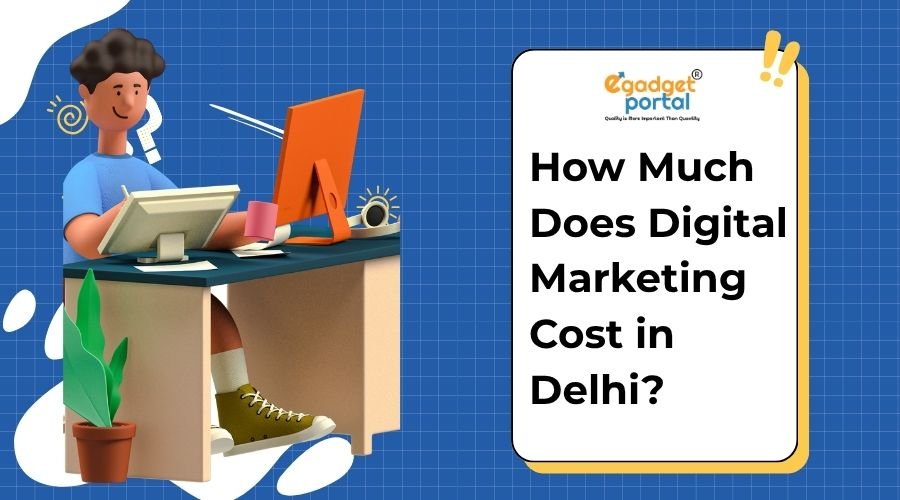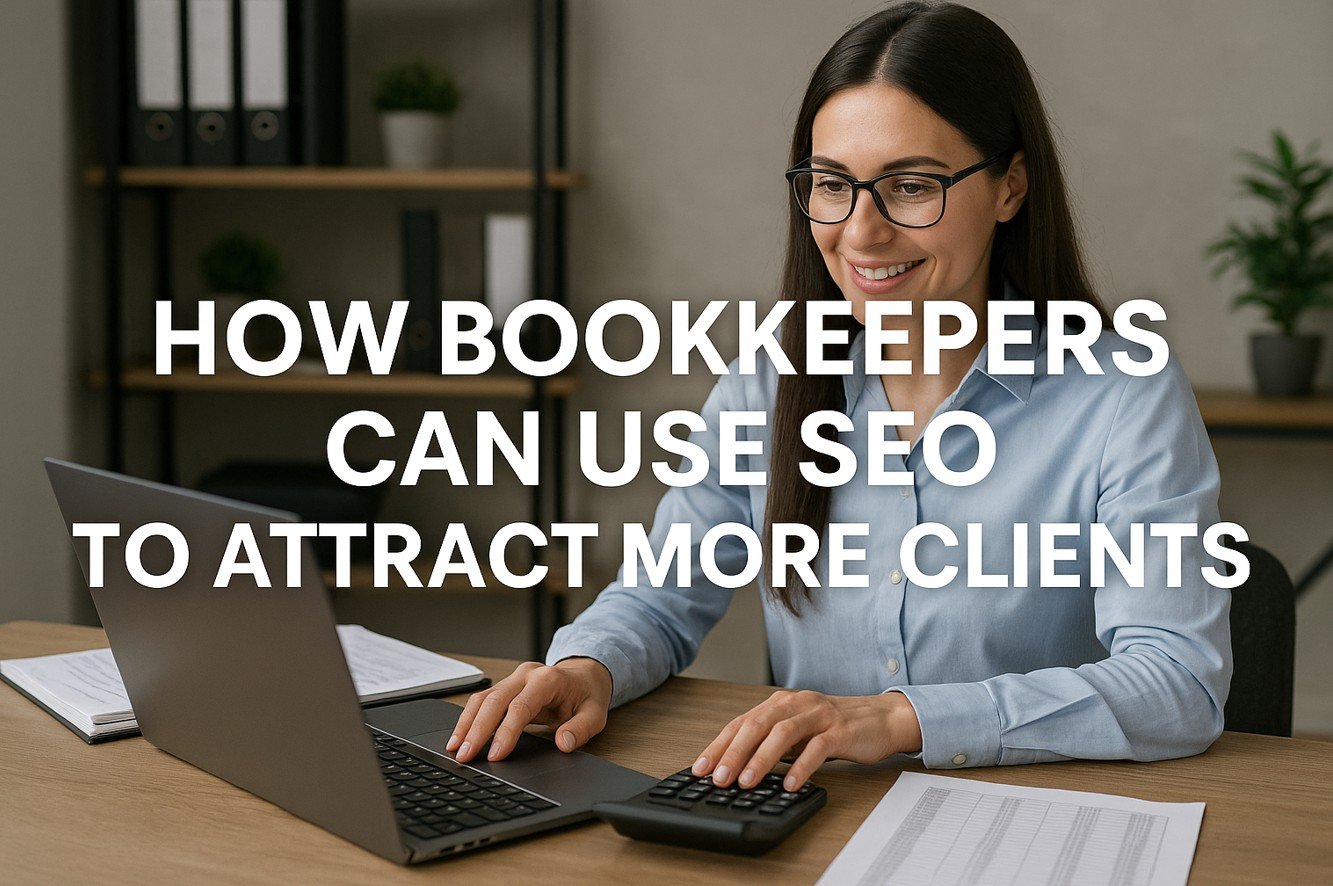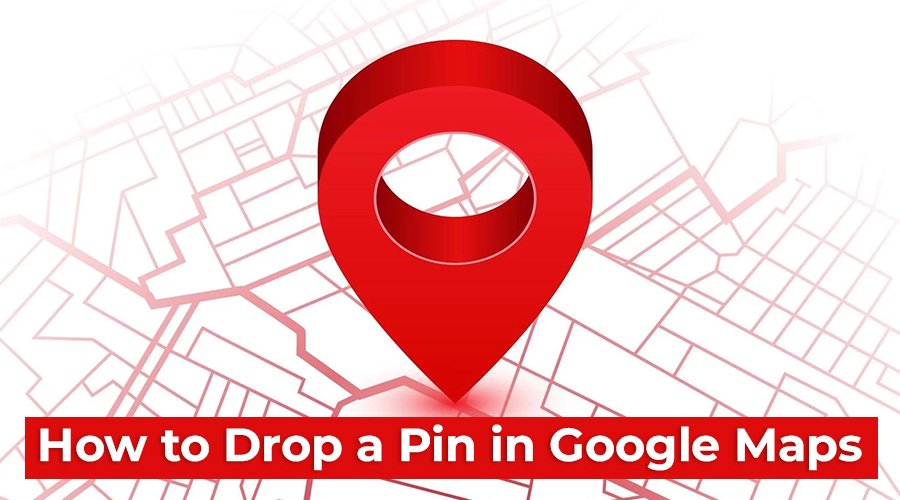Understanding the “Local” Revolution in Search
It’s a statistic that has defined modern digital marketing: 46% of all Google searches have local intent. This single figure represents a massive shift in user behaviour. But what does “local intent” actually mean?
It means a user isn’t just looking for information; they are looking for a product, service, or location in their specific geographic area. They aren’t searching for “how to fix a leaky pipe”; they are searching for “plumber near me” or “best plumber in [Their City].”
This change didn’t happen overnight. It’s the result of powerful technological and behavioural trends that have reshaped how we find what we need. For any business, especially those with a physical location or service area, understanding why this is happening is the first step to capturing these high-value customers.
The Driving Forces Behind Local Search
So, why has nearly half of all search traffic become local? It boils down to three main drivers.
1. The Rise of Mobile Dominance
The single biggest catalyst is the smartphone. We carry the internet in our pockets. People are no longer tethered to a desktop computer. They search “on the go” when a need arises.
- When you’re out and suddenly crave coffee, you search “coffee shop near me.”
- When your car breaks down, you search “towing service.”
This “on-the-go” behaviour is inherently local. In fact, reports show that 30% of all mobile searches are related to a specific location.
2. The “Near Me” Revolution
The phrase “near me” has become a natural part of how we search. Google has reported explosive growth (over 500% in recent years) for “near me” searches.
This is a direct, explicit signal from the user that they want a local result. Even when users don’t type “near me,” Google’s algorithm is smart enough to know. If you search for “best pizza,” Google will use your phone’s GPS or your computer’s IP address to show you pizzerias in your area, not the highest-rated one on the other side of the country.
3. High Purchase Intent: Local Searches Mean Business
This is the most critical factor for any business. A person making a local search is not just browsing; they are often ready to act.
- High Conversion: Statistics show that 28% of local searches result in a purchase.
- Offline Action: Even more impressively, 78% of local mobile searches result in an offline purchase (i.e., the person visits the physical store).
- Speed: A staggering 76% of people who search for something local on their smartphone visit a related business within 24 hours.
When a user searches locally, they are at the bottom of the sales funnel. They have a problem and are actively looking for a local solution right now.
What This Means for Your Business: A Local SEO Strategy is Non-Negotiable
Knowing that 46% of searches are local is one thing. Acting on it is another. If your business isn’t visible in these local search results, you are invisible to nearly half of your potential customers.
Your Google Business Profile (GBP) is Your New Homepage
For local searches, your Google Business Profile (GBP) is often more important than your website. It’s the information box that appears in Google Maps and the “Local Pack” (the map with three listings).
This is your digital storefront. An optimized GBP—complete with accurate hours, photos, your address, phone number, and customer reviews—is the single most important factor in ranking for local searches. Incomplete profiles are almost invisible.
Localized Content and On-Page SEO
Your website itself needs to signal to Google where you are. This means:
- NAP Consistency: Your Name, Address, and Phone number must be consistent everywhere online.
- Local Keywords: Create service pages or blog posts that mention your city or service areas (e.g., “Best AC Repair in [Your City]”).
- Gather Reviews: Actively ask your happy customers to leave reviews on your GBP. Reviews are a powerful trust signal for both Google and new customers.
Conclusion: The Future is Local
The 46% statistic is more than just a number; it’s a clear signal that the battlefield for customers has moved to their immediate vicinity. Users expect Google to be a local concierge, and businesses that fail to show up will be left behind.
The trend is clear: search is becoming more mobile, more immediate, and more local every day. If you want to connect with customers who are ready to buy, you have to stop thinking globally and start winning locally.






